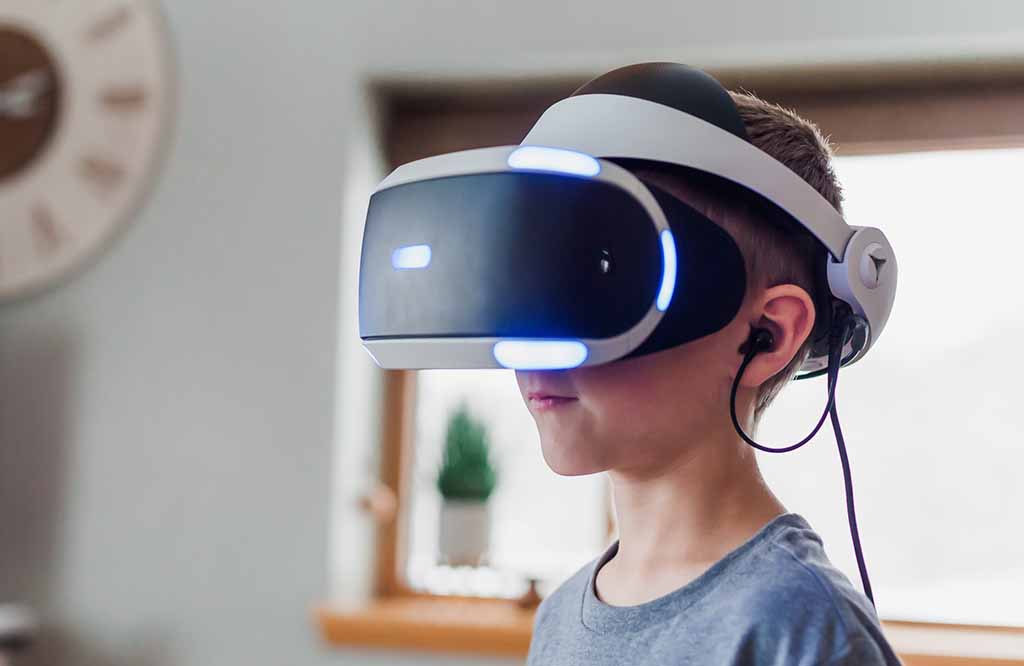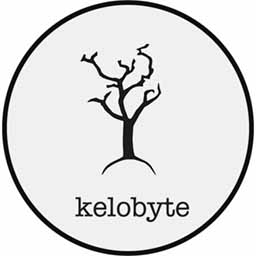The integration of Extended Reality (XR) – encompassing both Virtual Reality (VR) and Augmented Reality (AR) – into the education system marks a significant leap in pedagogical methods. This fusion of technology and education not only enhances traditional learning paradigms but also introduces new dimensions in knowledge acquisition and student engagement.
The main benefits of XR in education are:
- Enhanced Engagement and Immersion: XR technologies create engaging and immersive learning experiences that can captivate students’ attention more effectively than traditional methods.
- Improved Understanding of Complex Concepts: XR allows for the visualization of abstract or complex subjects, making them easier to comprehend for students. For example, students can explore VR simulation of a historical event, enhancing their understanding of difficult concepts.
- Interactive Learning: Extended reality offers interactive experiences where students can actively participate and manipulate their learning environment. This approach is much more dynamic and gives more in-depth learning experiences.
- Accessibility of Education: XR can make education more accessible by providing virtual access to resources, experiences, and locations that might be physically or financially out of reach for some students.
Understanding XR: Virtual and Augmented Reality in Education
To comprehend the impact of XR in education, it’s essential to differentiate between its two primary components: Virtual Reality (VR) and Augmented Reality (AR). Although these technologies are pretty close to each other and both are immersive technologies, they differ significantly in how they interact with the user’s environment and the experiences they provide.
While VR creates an entirely digital environment, offering a 360-degree immersive experience that simulates reality, AR overlays educational content onto the real world through smart devices. This blend of digital and physical realms provides an interactive learning experience that surpasses traditional methods.
These are the main differencies between artificial and virtual technology:
- AR overlays digital information onto the real world and enhances the user’s perception of the real environment while virtual technology creates ompletely artificial digital environment.
- Artificial reality can be experienced through smartphones, tablets, or specialized AR glasses. Virtual reality needs specific headsets or head-mounted displays, like the Oculus Quest or HTC Vive.
- Common applications in AR educational tools overlays information on real-world objects which can be really useful and effective. With VR whole environment is needed to be created in digital before anything can be done.
- Users of artificial reality remain in contact with the real world and are not isolated from their surroundings while in VR the user is cut off from the real world and fully immersed in a digital environment. This allows for a more intense and focused educational experience.
Immersive Learning and Creativity Stimulation
One of the most profound benefits of VR in education is its ability to provide immersive learning experiences. This immersion goes beyond mere observation, allowing students to engage actively with their learning material. Such an environment can significantly enhance creativity and imagination, inspiring students to explore new academic interests. For instance, in a VR setting, learners can experience historical events firsthand or delve into complex scientific concepts in a visually engaging manner. This level of engagement not only makes learning more enjoyable but also deepens understanding.
Facilitating Complex Learning and Cultural Competence
XR technologies, particularly AR, have shown tremendous potential in aiding students who struggle with complex academic concepts. Through AR, learners can interact with 3D models, such as geometric shapes, observing them from various angles and even exploring them internally. This hands-on approach simplifies abstract ideas, making them more accessible and easier to comprehend.
Moreover, VR extends its benefits beyond academic learning to foster cultural competence. By enabling virtual field trips to diverse global locations, students gain exposure to different cultures, promoting empathy and understanding in an increasingly interconnected world. This aspect of VR is particularly valuable in cultivating global citizens equipped with respect and appreciation for cultural diversity.
Improving Academic Outcomes and Memory Retention
The impact of XR in education is not just theoretical but is backed by growing empirical evidence. Studies indicate that students engaged in mixed reality classrooms, where both AR and VR are utilized, often achieve higher academic scores compared to those in traditional learning environments. Furthermore, XR has been linked to improved memory retention and recall. For example, immersive VR experiences have shown to increase retention rates significantly, making learning not only more engaging but also more effective.
XR in education – Conclusion
The integration of XR technologies in education offers a multifaceted approach to learning, enhancing student engagement, simplifying complex concepts, and fostering cultural understanding. As we continue to embrace these technologies, we unlock new potentials in educational methodologies, shaping a future where learning is not just informative but also profoundly transformative. As XR technology evolves, it holds the promise of continually revolutionizing the educational landscape, making learning an exciting, immersive, and effective journey for students across the globe.


